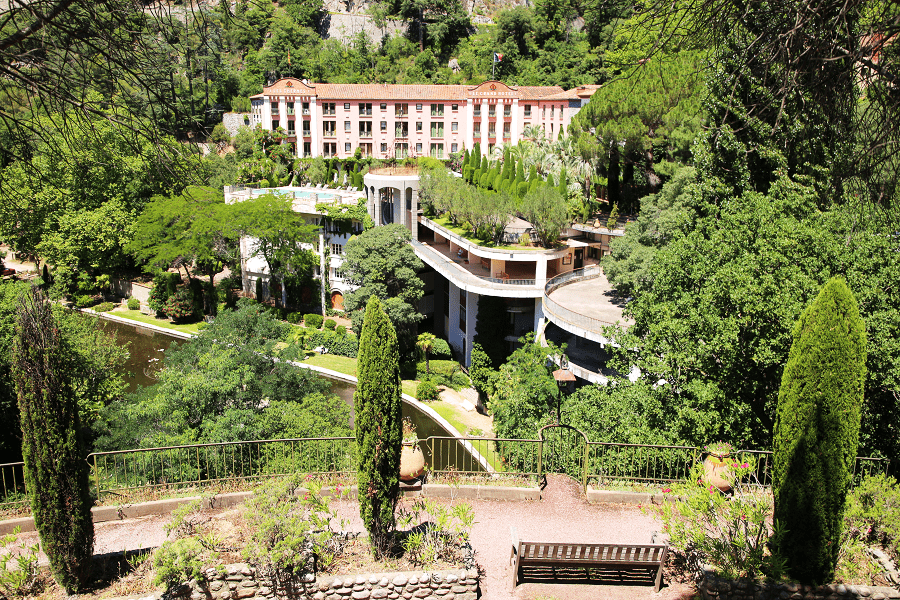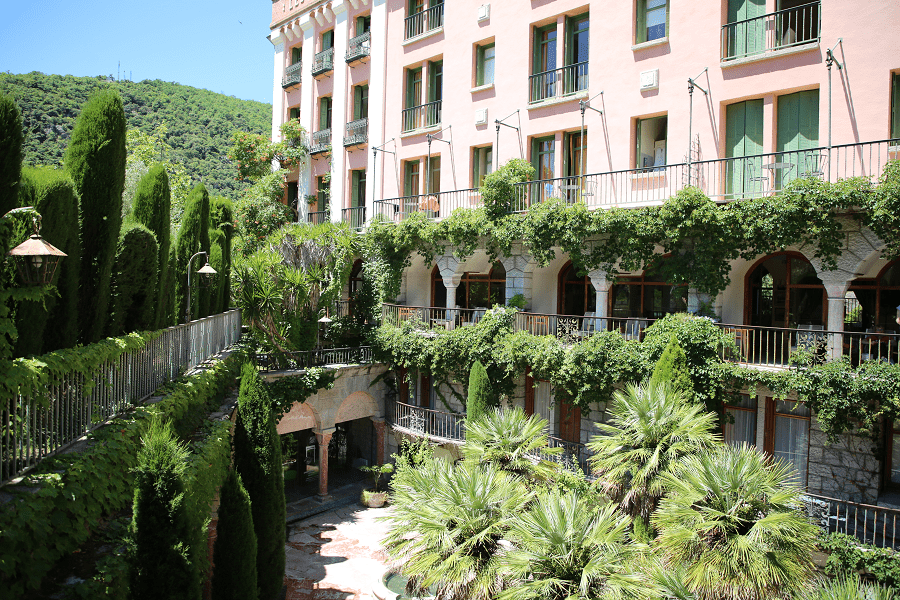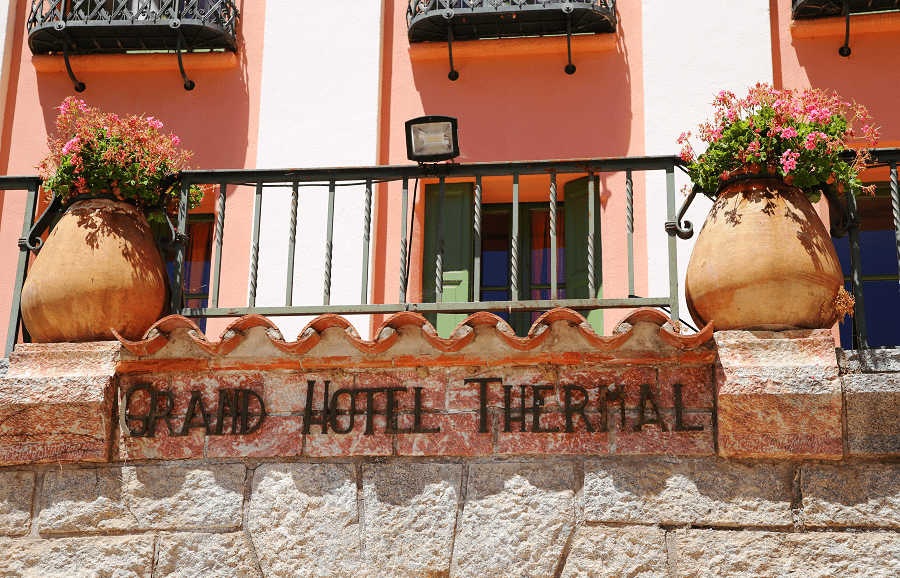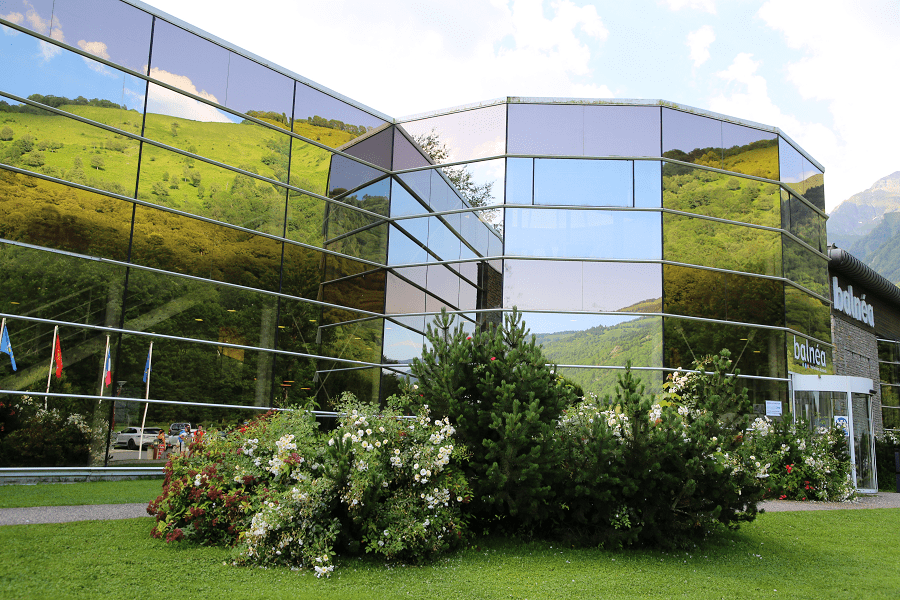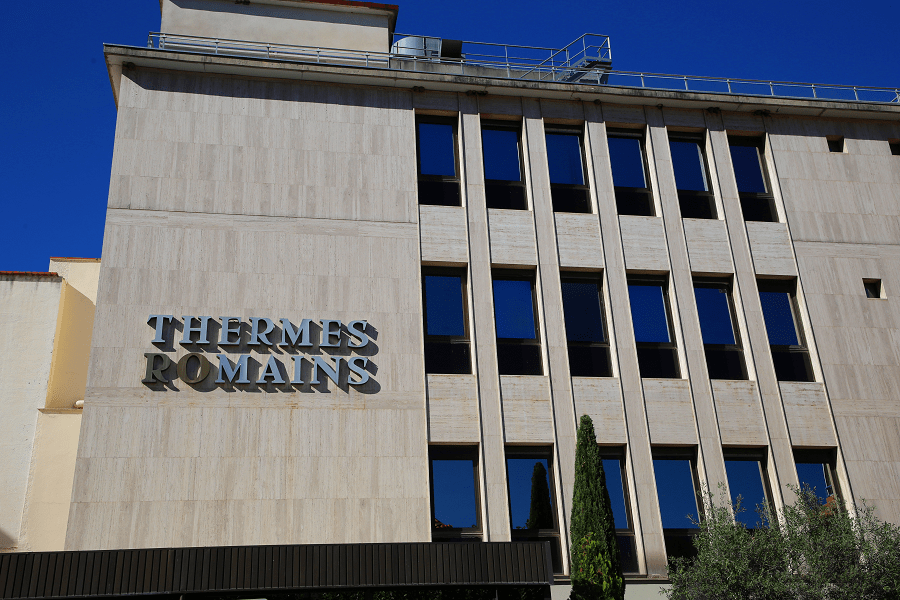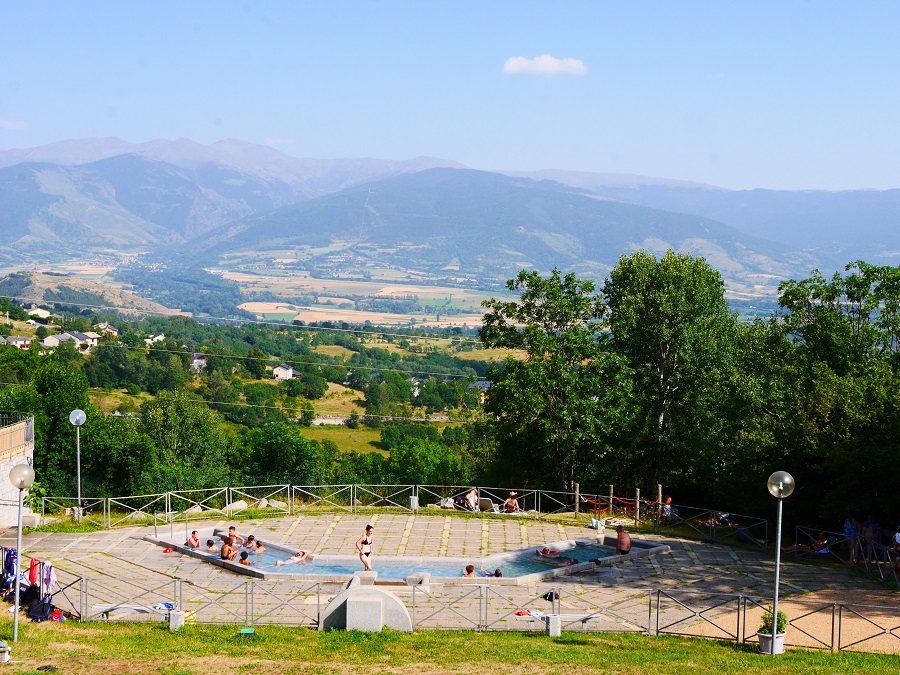Molitg-les-Bains is a commune, located in the center of the Pyrénées-Orientales department in the Occitania region (Pyrenees, France). Its inhabitants are called Molitgeois (in Catalan Molitjaires). Historically and culturally, the commune is in the country of Conflent, corresponding to all of the Pyrenean valleys which “confluence” with the bed dug by the Têt.
Exposed to an altered Mediterranean climate, it is drained by the Castellane and two other rivers. Included in the Catalan Pyrenees regional natural park, the town has a remarkable natural heritage made up of a natural area of ecological, fauna and flora interest.
Molitg-les-Bains is a rural commune which has 248 inhabitants in 2021, after having experienced a population peak of 826 inhabitants in 1793. It is part of the Prades catchment area. Its inhabitants are called Molitgeois or Molitgeoises.
It is located in the Castellane valley.
Located in the Pyrénées-Orientales, the SPA town of Molitg-les-Bains is part of the La Chaine Thermale du Soleil group. The thermal establishment is located in the heart of a lush wooded park which is home to centuries-old tree species. Its sodium sulphurous waters, rich in thermal plankton and slightly radioactive, can treat many pathologies.
The thermal center has modern equipment such as a white mud bath, marble cabins and a pink marble thermal pool.
Treatment:
- Disorders of the oral mucosa
- Dermatology
- Respiratory tract
- Rheumatology
Type of waters:
sodium sulphide waters, rich in thermal plankton
History
The first writing concerning the Baths of Molitg dates from the 11th century. In the 13th century, the Catalan troubadour Dauré recommended that young women go there once a year to keep their skin looking youthful.
In the 18th century, the Perpignan doctor Thomas Carrère analyzed the waters of the Molitg springs for the first time.
In 1785 the Marquis of Llupia, lord of Molitg and owner of the springs, built the first spa establishment, of modest size. As soon as the thermal baths opened, they obtained encouraging therapeutic results. The poor and the inhabitants of Molitg and Campôme can use the water for free.
The De Massia family, which acquired the thermal baths in 1836, modernized and extended the existing facilities throughout the 19th century.
After the Second World War, the thermal baths of Molitg passed into the hands of a company whose main shareholder was Adrien Barthélémy, a child from Aveyron living in Paris. He undertook a complete renovation of the thermal baths and built a thermal hotel in granite and pink marble from Villefranche de Conflent.
He is at the origin of the development of the Chaîne Thermale du Soleil, which has 20 thermal spas in France and of which Molitg is, so to speak, the main company.
How to get to?
From Paris: 9 hr 28 min (894 km) via A71 and A75
From Toulouse: 2 hr 42 min (251 km) via A61
From Andorra: 2 hr 24 min (133 km) via Eix Pirinenc/N-260 and N116
From Barcelona: 3 hr 6 min (241 km) via AP-7
From Madrid: 8 hr 30 min (734 km) via A-2
From Monaco: 5 hr 45 min (543 km) via A8 and A9
From Moscow: 38 hr (3,468 km) via E30/M1
From Belgrade: 19 hr 21 min (1,854 km) via E70
From Istanbul: 30 hr (2,797 km) via E70
From Bern: 8 hr 11 min (801 km) via A9
See here Pyrenees travel guide
See here France travel guide
See here Spain travel guide



